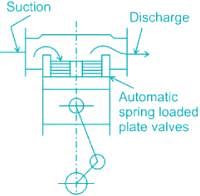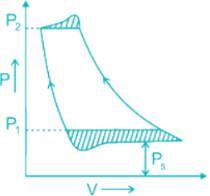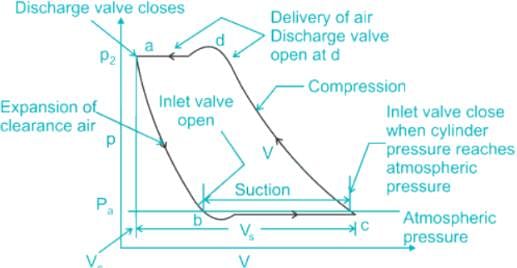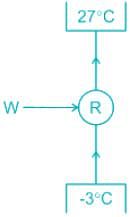UPSSSC JE Mechanical Paper 2 Mock Test - 6 - Mechanical Engineering MCQ
30 Questions MCQ Test - UPSSSC JE Mechanical Paper 2 Mock Test - 6
A Carnot’s engine operates with a source at 500K and sink at 375K. The engine consumes 600Kcal of heat in one cycle; the heat rejected to the sink per cycle is
The alloying elements in steel that improves creep strength at a specified creep rate is
| 1 Crore+ students have signed up on EduRev. Have you? Download the App |
The intensity of solar radiation on earth is nearly Buy Today
The normal speed of rotation of a shaft is chosen to be-
A gas perform the most work when it expounds
For the same compression ratio and heat rejection
How does Young's modulus vary with the increase of temperature?
Boiling point of water due to increase in atmospheric pressure
In a simply supported beam carrying a uniformly distributed load ‘w’ per unit length, the point of contraflexure
Which solution is used in an ice plant?
The critical pressure ratio for maximum discharge through a nozzle is given by
A p-V diagram has been obtained from a test on a reciprocating compressor. Which of the following represents that diagram?
Automobile Steering gear is an example of
The difference between the total headline and the hydraulic grade line represents
The power transmitted by a circular shaft rotating at N rpm under the action of torque T is:
Which of the following is true for a self-locking screw?
COP of a Carnot heat pump operating between -3°C and 27°C is
Addition of magnesium to cast iron increases its
Gas contained in a closed system consisting of piston cylinder arrangement is expand. Workdone by the gas during expansion is 50 kJ. Decreases in internal energy of the gas duringexpansion is 30 kJ. Heat transfer during the process is equal to
The method of control used in SI engine is-
When inspection doors on the walls of boilers are opened, the flame does not leap out because
In an IC engine, boundary lubrication is likely to occur between surfaces with relative velocity during:
























